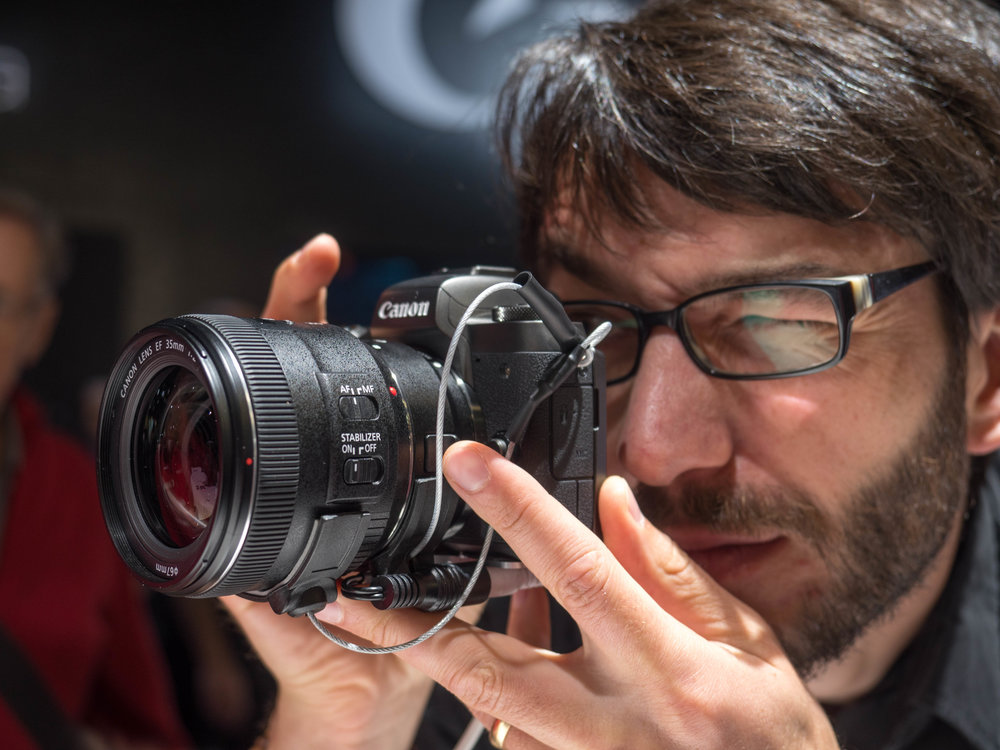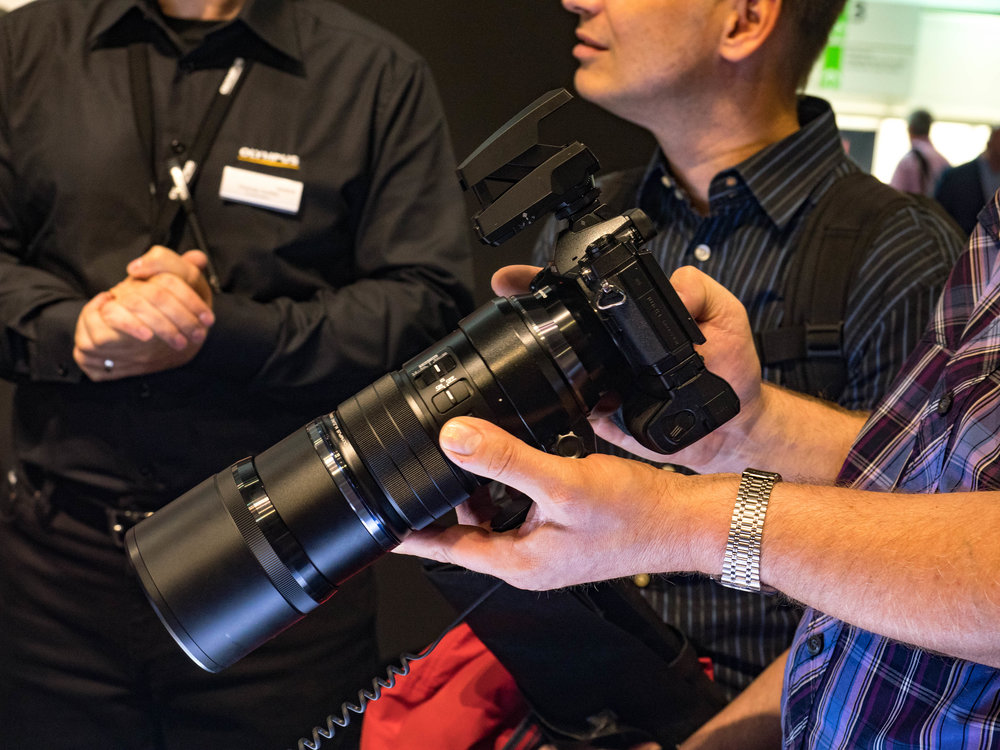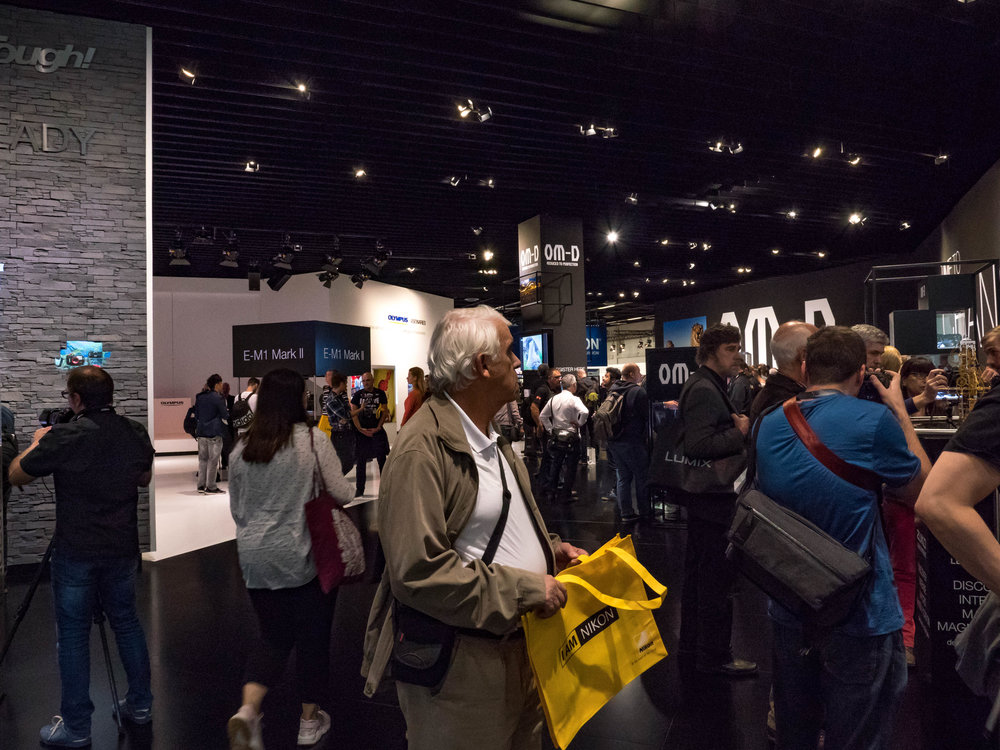
The surprise decision by the organisers of Photokina to go annually was possibly seen as a rather unwelcome move by major exhibitors. But the short interval between September 2018 and May 2019 has clearly proved too much for the leading manufacturers’ budgets. Fortunately for their accountants, the 2019 event has now been cancelled and the next Photokina will run from 27-30 May 2020.
The decision to stage Photokina annually was taken on the basis of a fast-moving technological industry where two years can produce more innovation than did a decade in the old days There is a lot of logic in that. But, fast moving as it is, the industry is shrinking and major manufacturers are struggling. The race to compete with the latest technology is itself a very costly aspect of running a camera business these days. So, an annual show on the scale of this big German event is a huge and almost obligatory commitment that stretches resources even further
While I can understand the move from Autumn to Spring, I am not convinced that annual Photokinas will be sustainable.
Major German exhibitions have a long history of taking place every other year, and Photokina has been no exception. Biennial exhibitions have always been common in the automotive field, for instance. I well remember trekking to Cologne every second year during my long stint in the motorcycle industry. Other countries, including Britain, have tended to stage exhibitions annually rather than biennially, but even so, the dramatically increasing cost of putting on a show has become a problem for large exhibitors.

The Autumn slot has generally favoured the automotive industries as the launch pad for the following year’s models. However, a September date is now out of step with the calendar of the photographic industry. The move to May thus makes a lot of sense. Manufacturers will no longer feel obliged to hold off their new products until the Autumn.
As far as we know, however, the intention is still to stage the massive Photokina event annually from 2020. Yet there is no guarantee that the industry will be able to rise to this commitment. Could we see a return to biennial shows, as in the past? I think it is likely.

Increasingly, as I say, we will see new product announcements concentrated in the Spring period. And in this respect, 2019 is likely to produce a bumper harvest of new products. I am mainly looking forward to the launch of the new Panasonic Lumix full-frame L-mount cameras, not because I want to buy one but because their presence on the market will signify the real start of the L-Mount Alliance and its extensive range of new products for Leica enthusiasts.

Sigma has already stated that it will produce the no-compromise Art lenses in L-mount and I wouldn’t be surprised to see them launched at the same time as the new Lumix models. They will be of great interest to Leica SL owners because they offer exceptional quality and performance at a fraction of the cost of Leica’s own SL lenses. They are equally as big and heavy, though, so don’t expect savings on that front.
Despite there being no Photokina in 2019, I think we can look forward to an exciting year.
All images Mike Evans

"What would make much more sense would be to roll Photokina into CES"
No, it wouldnt. In fact the trend goes into the oppsite direction where manufacturers prefer introducing new stuff on special events they host themselves instead of fighting for attention with thousands of others on a big show.
Me, i would also much prefer to go to a photography only show instead of one that displays all kind of tech. Bigger is not always better.
What would make much more sense would be to roll Photokina into CES which takes place early spring every year in Vegas. The world of electronics/entertainment camps out for a week. Big players like Sony and Samsung are always there so there’s plenty of traffic. Chances are the bigger retailers the photographic industry works with are already there. Why id you’re one of them do you want to attend two shows so close together?
I am sure from a manufacturers’ point of view it would be sensible to have just one major showcase per year (or, even, every two years) but geography comes into it, I suppose. The primary purpose of a photographic show is not to provide a platform for the manufacturers but to attract the punters who, we hope, will be encouraged to buy. Increasingly, too, there is a vast amount of retail trade going on at most modern exhibitions (which is in contrast to the case fifty years ago when exhibitions were strictly look-see and not buy). I remember from my experience in organising automotive shows that there was deep and long discussion on whether or not to permit retail. Now, it constitutes the major reason for most shows to exist. As a result, the manufacturers find themselves being forced to attend more exhibitions than their budgets will allow. I really don’t know what the solution can be.
At a global level the big shows make no sense in terms of consumer exposure. They’re simply not very efficient in terms of reach. What would help the consumer would be rolling roadshow exhibitions in major centers. The watch industry does this to some degree.
The cost of putting together an exhibitor program these days is exorbitant. CFO’s demand ROI or don’t go. So you have to sell whether it’s right or not. I suspect we are moving to live virtual launches on Instagram, live testing by a known expert, with an e-commerce component to close the deal for consumers.
Sign of the times!
I see Photokina being rolled into a European consumer electronics show like the one in Las Vegas. Since the introduction of digital it has all been heading that way with computational photography features already appearing on smartphones and probably making the jump into mainstream cameras and software in the next year or two.
William
Pity!